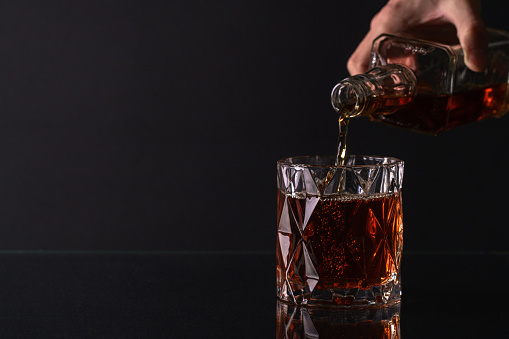The history of malt whisky production in Scotland is lost in the mists of time. They go back at least to the 15th century and possibly far before that.
Even now, the subtle aromas and tastes of whisky have never been fully defined, even though distillers’ art has been understood for millennia. The ancient Gaelic name for whisky, uisge beatha, was corrupted in the 18th century to usky and then to whisky. The following is a simplified summary of the procedure. It’s important to note that each distillery has its own set of requirements.
Malting
The best barley is germinated first in water before being spread out on the malthouse floor to germinate. It is rotated on a regular basis to avoid overheating. This was formerly done by flinging the barley into the air with wooden shovels in a malt barn adjacent to the kiln.
The starch in the grain is broken down by enzymes into sugar during mashing. The barley, now known as green malt, is sent to the kiln after 6 to 7 days of germination for drying. This method prevents germination. The heat is kept at a low of 70°C to ensure that the enzymes are not damaged. To add flavour from the smoke, peat may be added to the fire. There’s a lot of planning that goes into the whisky you’re going to drink. You can purchase whisky glasses from Drinkstuff for high-quality goblets, ranging from classic to premium and one-of-a-kind glasses.
Mashing
The malt is steeped and then dried, which is then crumbled and added to the mash vessel. The water is poured in three stages, each of which gets hotter than the previous one.
The purity of Scottish water is critical. The mash is mixed, which helps to turn the starch into sugar. Wort is the sweet, sugary liquid produced after mashing. The spent grains – draff – are turned into cattle feed after being processed.
Fermentation
The wort is cooled to 20°C and pumped into washbacks, where yeast is added and fermentation begins. The living yeast consumes the sugar in the wort, producing alcohol and minor amounts of additional chemicals known as congeners that contribute to the whisky’s flavour. The wash froths up violently as carbon dioxide is formed. The head is cut off to prevent it from overflowing with the revolving switchers. After 2 days, the fermentation subsides, and the wash has 6-8% alcohol volume.
Pot Stills
The shape of the pot has an impact on the individual malt whisky’s character in some unknown manner, and each distillery keeps its stills in precisely the same way for years.
The actual procedure of distillation is as follows: The alcoholic beverage is heated just below the boiling point of water in a still, and the vapours rise over the still’s neck into either a condenser or a worm – a big copper coil immersed in cold running water where the vapour is condensed into a liquid.
Distillation
The wash is distilled twice, first in the wash still to remove the alcohol and other chemicals from the water, yeast, and residue known as “pot ale,” which are also stored for use in feed.
The last residue of the wash, known as low wines, is heated in a spirit still and distilled to produce around 20% alcohol by volume. The foreshots, and the final running, which include more oily components that distil off first, are both directed to be re-distilled when combined with the low wines in the next batch.
In the spirit receiver, only the pure centre cut, or heart of the run, which is about 68% alcohol by volume is collected.



